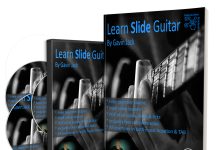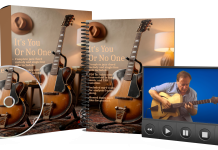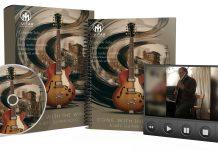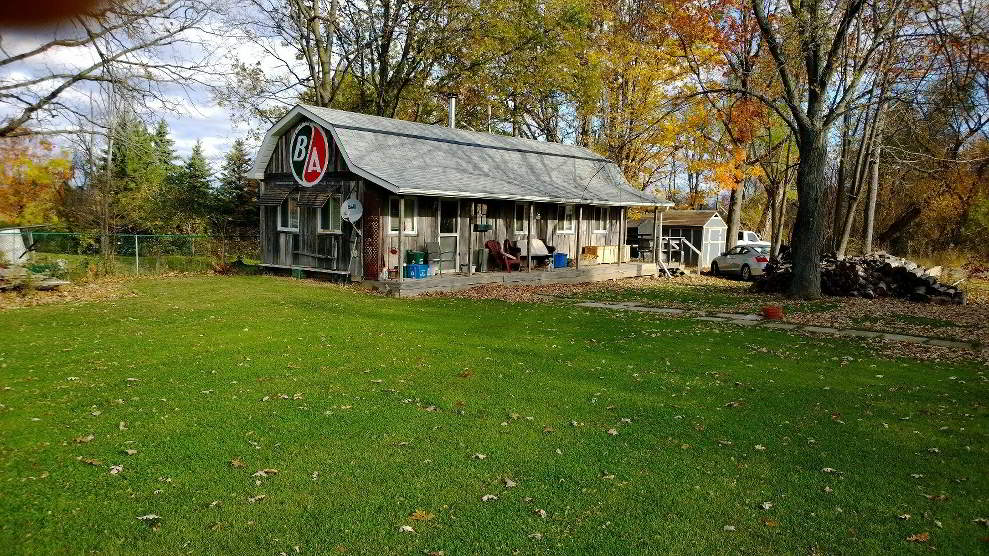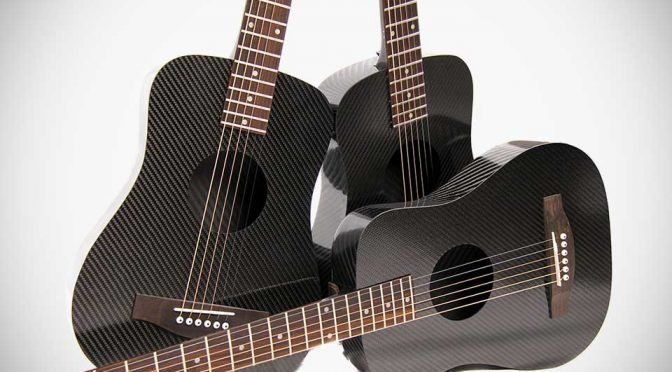Ant Law is without doubt one of the most creative and expressive guitarists on the music scene today. In this interview with Ged Brockie, Ant discusses music, creativity, working in London and life as a musician.

Ant Law is one of a small band of musicians who not only play other people’s music, but works hard exploring his own creativity and expression. This wide ranging interview finds Ant discussing his life before and then moving to London. Breaking into the scene and carving out a career in one of the most demanding musical environs in Europe. Ant also discusses his latest projects and his musical ideas and vision for the future.


